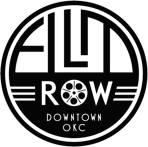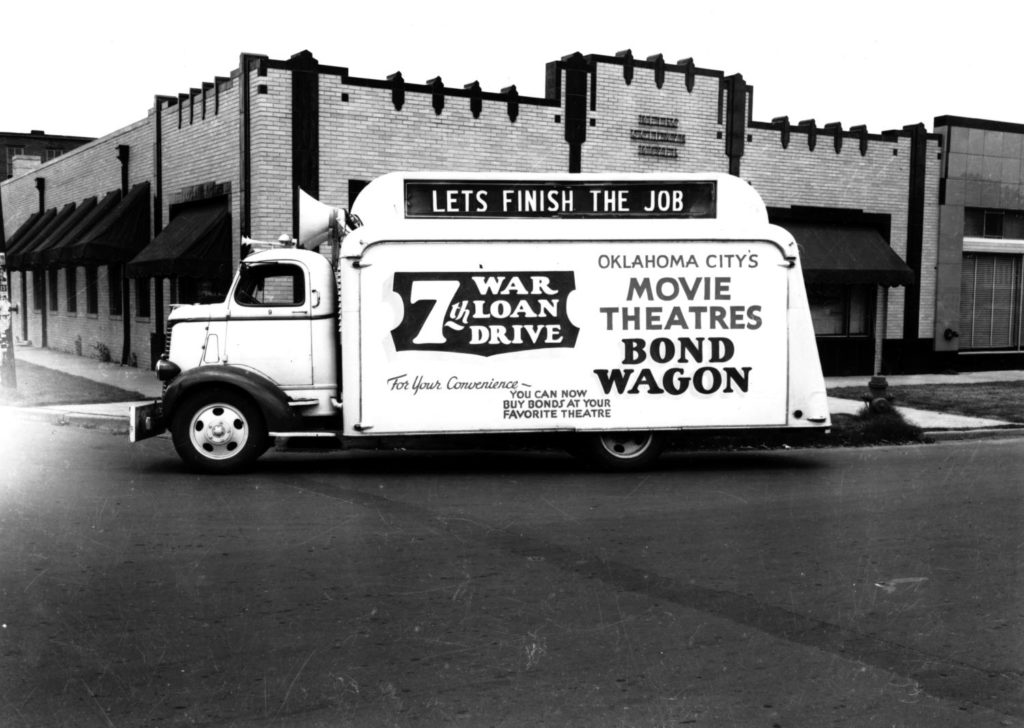By the 1930s, West Sheridan Avenue (formerly Grand Avenue) was the destination for theater owners looking to screen and lease films for their movie houses. Almost all of the studio offices had moved to this stretch of Sheridan Avenue earning its nickname “Film Row”.
Film Row

A historic place within the West Village District
HISTORY OF FILM ROW
It became one of 35 film distribution centers across the country, home to notable film companies like Paramount Pictures, MGM, Universal, Fox and Warner Brother up until the 1980s. Oklahoma City’s close proximity to rail lines and its density, made it an ideal hub for the regional distribution and exchange of motion pictures.
But it wasn’t just the movie industry that made Film Row noteworthy. The distinctive design of many of the buildings further enhanced Film Row’s unique character. Film Row is listed on the National Register of Historic places as “Film Exchange Historic District”. It received this recognition for being the best remaining example of a grouping of film industry-related buildings from the first half of the twentieth century in Oklahoma City. It features excellent examples of small Art Deco commercial buildings and one notable example of a small Art Modeme commercial building, as well as early examples of Commercial Style architecture. While the buildings might wear different stylistic skins, they share one common trait: all were constructed with fire-proof vaults. The delicate and incendiary nature of nitrate film created a fire hazard. Fires in film exchange buildings were a not uncommon event, especially in the early years. So, as the film exchanges constructed purpose-built buildings, designs to mitigate the dangerous medium of the film were incorporated.
Long after the film exchange disappeared, structures that were abandoned and facing destruction were rediscovered and restored for future generations thanks to the efforts of forward-thinking civic pioneers. By the late 2000s it was apparent that private investment alone would not be enough to bring Film Row back to life. By 2007, nine buildings in the area were added to the National Register of Historic Places. The area received $600,000 investment from the City of OKC through tax increment financing funds plus an additional $1.9 million from a city general obligation bond. And by 2011, Film Row’s streetscapes were updated to celebrate the area’s once-forgotten history.

The hard work and reinvestment in the area paid off. Today, buildings that once housed film distribution offices for the major Hollywood studios are now home to thriving businesses – from law and architecture firms to art museums, dance studios, retail and restaurants. The walkable corridor is anchored by a live music hall, boutique hotel with contemporary art, and residences to the west and an elementary school to the east. And there’s no sign of the growth slowing down.
You can learn more about the history of Film Row by picking up a copy of Oklahoma City: Film Row (Images of America) written by local historian Bradley Wynn. Read more of The Incredible True Story of Film Row in the 2010 blog on Oklahoman.com.
